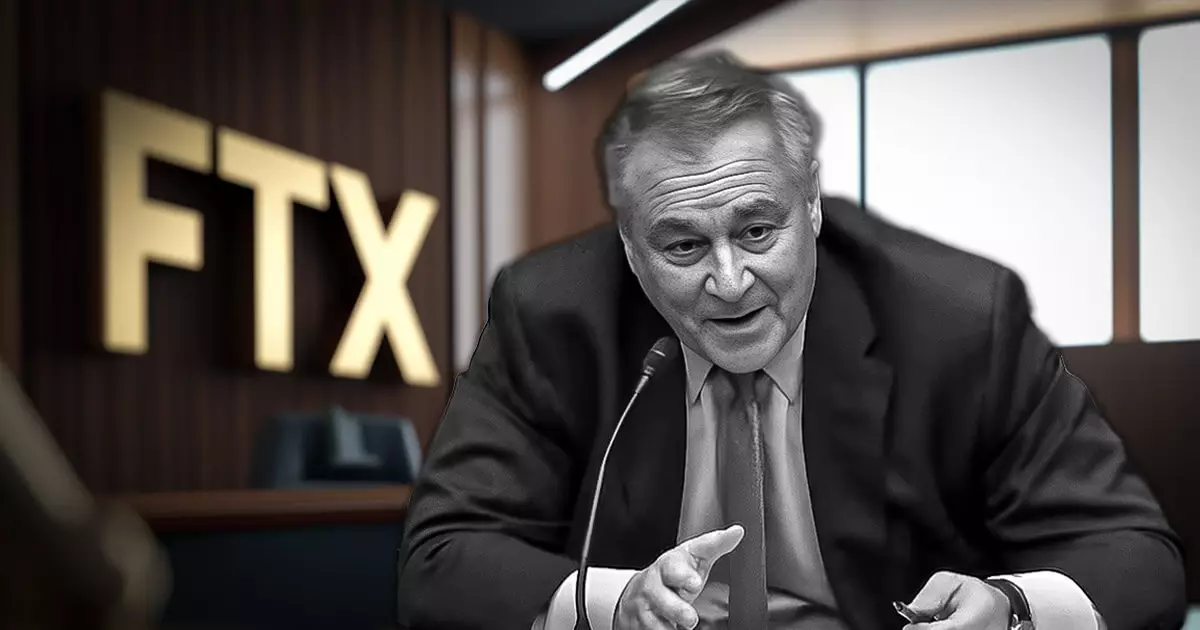The collapse of FTX, once a pillar of the cryptocurrency industry, left a trail of financial devastation impacting numerous creditors. In the wake of the company’s implosion, which was rooted in allegations of mismanagement and fraudulent practices, efforts to recover lost assets have become paramount. Central to these recovery aspirations is the role of Nishad Singh, the former engineering director of FTX, whose cooperation has been deemed vital for unearthing company assets and unraveling the intricate web of financial dealings that led to the exchange’s fall.
John J. Ray III, the newly appointed CEO of FTX, has articulated a compelling argument for leniency towards Singh, emphasizing that his freedom is crucial for maximizing the recovery of assets owed to creditors. Ray’s recent correspondence with the US District Court highlights Singh’s insider knowledge and technical expertise as invaluable tools in the ongoing bankruptcy proceedings. Unlike many other executives facing indictments, Singh has actively collaborated with authorities to expose the machinations of FTX, which bolstered the case against its former CEO, Sam Bankman-Fried.
Singh’s candidness and willingness to assist law enforcement signify a departure from the typical responses of corporate leaders embroiled in scandal. As someone who has already admitted guilt in the face of serious charges, Singh presents a unique case where cooperation could effectively substitute for punitive measures. His legal team argues that the time already served should be sufficient, given the clarity he has provided in navigating the complex financial landscape of FTX.
Singh’s contributions to the asset recovery process are multi-faceted. He has played a pivotal role in identifying and reclaiming properties in the Bahamas acquired with misallocated funds under the auspices of FTX. Additionally, his provision of essential documentation has been instrumental for the FTX debtors as they attempt to piece together the financial puzzle that underlies the exchange’s collapse. According to Ray, Singh’s insights could lead to the recovery of even more assets, thereby enhancing the financial standing of FTX’s creditors when the recovery process concludes.
His involvement is indicative of how former insiders can not only shed light on past practices but can also serve as active participants in the restructuring of failed organizations. The judiciary must recognize the broader implications of Singh’s cooperation; keeping him free might yield significant benefits for those wronged by FTX’s actions.
As FTX navigates the complex terrain of bankruptcy proceedings, the potential for recovering lost assets remains a daunting challenge. However, with Singh’s cooperation at the forefront, the pathway forward appears slightly less obstructed. Ray’s leadership, underscored by Singh’s expertise, promises a more transparent recovery process for creditors who have waited in despair since the company’s abrupt demise.
The court’s upcoming decision regarding Singh’s sentence is a critical juncture in this saga. Should the court favor leniency, it will not only reflect an understanding of the nuances involved in corporate misconduct but also signal a recognition of the potential for redemption through cooperation. In the end, the fate of Nishad Singh could ultimately hinge on how the justice system balances punishment with the imperative of asset recovery, weaving a narrative that could potentially redefine accountability in the corporate sphere.


Leave a Reply